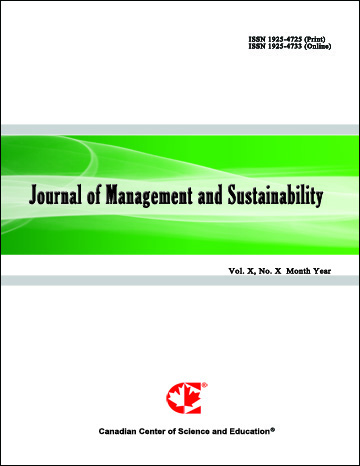Beyond Amoxicillin Removal: Investigating the Antimicrobial and Toxicological Effects of Its Byproducts
- Jéssica Samara Herek dos Santos
- Sabrina G. Cordeiro
- Ani C. Weber
- Letícia A. de Oliveira
- Bruna Costa
- Bruno R. Dahmer
- Luana G. Marmitt
- Renata Oberherr
- Daiane Heidrich
- João Vitor Becker Delving
- Elisete Maria de Freitas
- Eduardo M. Ethur
- Elziane Pereira Ferro
- Janieiry Queiroga da Costa Teixeira
- Clarice Steffens
- Filipa Rego Pinto Gomes
- Sónia Duarte Barroso
- Lucélia Hoehne
Abstract
Amoxicillin (AMX) is one of the most widely consumed antibiotics worldwide and has become a growing concern as an emerging pollutant. While many studies have reported the efficiency of AMX degradation treatments, few have assessed the safety of its byproducts. This study investigates the degradation of AMX using H2O2/UV treatment, evaluating its byproducts, antimicrobial potential, and toxicity over a 90-min treatment period. Solutions containing 128 mg.L-1 AMX and 3 mmol.L-1 H2O2 were irradiated under a UV-C lamp, and residual AMX concentration and metabolite formation were monitored using High-Performance Liquid Chromatography coupled with Mass Spectrometry. Antimicrobial activity was assessed using Escherichia coli, while toxicity was evaluated with Artemia salina as a model organism. Results showed that 99.0% of AMX was removed within 25 min. The detected byproducts suggested hydroxylation and cleavage of the β-lactam ring. Notably, a significant reduction in antimicrobial activity, reflected by increased minimum inhibitory concentration values, was observed only after 60 min, corresponding with more frequent cleavage of the β-lactam ring. Toxicity assays indicated that no toxic byproducts were generated. These findings underscore the importance of understanding the environmental behavior, toxicity, and developments in remediation technologies and methods to minimize ecological risks.
- Full Text:
 PDF
PDF
- DOI:10.5539/jms.v15n2p53
Journal Metrics
Google-based Impact Factor (2021): 1.54
h-index (July 2022): 37
i10-index (July 2022): 147
h5-index (2017-2021): 12
h5-median (2017-2021): 19
Index
- Academic Journals Database
- ANVUR (Italian National Agency for the Evaluation of Universities and Research Institutes)
- CAB Abstracts
- CNKI Scholar
- EconBiz
- Excellence in Research for Australia (ERA)
- GETIT@YALE (Yale University Library)
- Harvard Library
- HeinOnline
- Infotrieve
- JournalTOCs
- LOCKSS
- MIAR
- PKP Open Archives Harvester
- RePEc
- Scilit
- SHERPA/RoMEO
- Stanford Libraries
- UCR Library
Contact
- Evelyn XiaoEditorial Assistant
- jms@ccsenet.org
